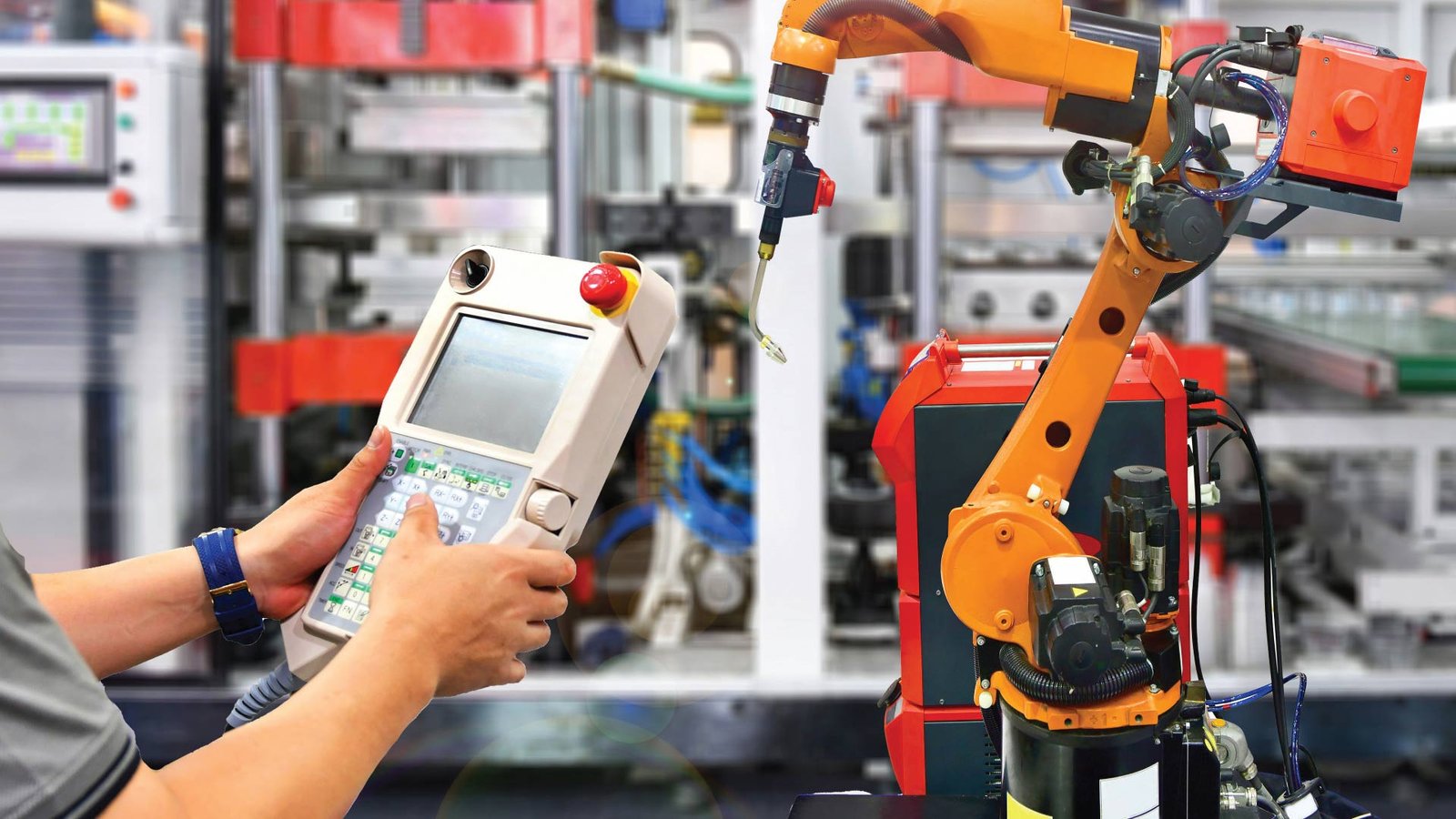3D printing is growing fast, but is it replacing legacy manufacturing or complementing it?
In 2025, global supply chains are still recovering losses caused in the past by discontinuations of supply due to pandemics, geopolitical wrangles, and volatility of raw materials. At the same time, there is a less-famous but ethereal revolution brewing: additive manufacturing (AM), which was originally limited to prototypes, now steps into production territory. The issue is no more in the segment of whether AM is a possibility, but how it is going to script the future of manufacturing.
The fundamental question that executives face is, will AM replace legacy manufacturing, or is integration the real value?
Table of Contents:
1. Why Additive Manufacturing Is Gaining Strategic Ground
2. Why Traditional Manufacturing Still Matters
3. Disruption or Convergence? It’s Both
4. Challenges Holding AM Back
5. What C-Suite Leaders Should Prioritize Now
The Future of Manufacturing Is Collaborative
1. Why Additive Manufacturing Is Gaining Strategic Ground
There are also clear benefits of additive manufacturing over legacy systems, especially in high precision, low volume, and custom manufacture.
- It minimizes material waste by as much as 90%.
- It allows for intricate geometries that can’t be machined conventionally.
- It truncates lead times to hours—vital to industries requiring quick iteration.
In aerospace and healthcare, major players are scaling AM to produce mission-critical components. GE Aviation’s 3D-printed fuel nozzles are now industry benchmarks. Adidas employs AM in custom midsoles, aiming at performance and individuality. The figures follow: Deloitte estimates the worldwide AM industry will reach $55.8 billion by 2025, with a growth rate of over 20% per annum.
2. Why Traditional Manufacturing Still Matters
The traditional manufacturing reigns where competitiveness is based on size, time, and price per unit. Consumer goods, high-volume electronics, and cars require the production of millions of the same individual units, which are supplied with minute margins. Injection molding, casting, and machining outshine AM in efficiency. Here, injection molding, casting, and machining outperform AM in efficiency.
Also, traditional processes benefit from decades of regulatory standards, skilled labor, and deeply embedded ecosystems. Most factories aren’t obsolete—they’re irreplaceable. But they aren’t immune to change either.
3. Disruption or Convergence? It’s Both
So, is this disruption or transformation?
Additive manufacturing is disrupting traditional manufacturing industries, but not in zero-sum terms. We are entering a hybrid era. AM isn’t replacing—it’s augmenting.
Consider the shift:
- Tooling and jigs: AM accelerates low-volume, high-complexity tool production.
- Bridge manufacturing: AM fills production gaps while traditional systems ramp up.
- Localized production: AM enables just-in-time, on-demand delivery closer to the point of need.
This synergy creates new possibilities. A company may design and prototype using AM, then mass-produce using traditional systems—each technology doing what it does best.
4. Challenges Holding AM Back
Additive isn’t unlimited. Material limitations, post-processing requirements, and absence of standard certification hold back industrial-scale adoption. Regulatory models lag behind. In highly regulated sectors such as medical devices or aerospace, qualification is a bottleneck.
But these roadblocks are diminishing. In 2025, advances in materials, improved simulation software, and intelligent quality control systems are speeding AM toward maturity.
5. What C-Suite Leaders Should Prioritize Now
The true opportunity is in how companies evolve
- Rethink CapEx: Think modular, scalable AM investments instead of whole-plant overhauls.
- De-risk supply chains: Localize key components with AM and minimize exposure.
- Build additive talent: Upskill engineers in design-for-AM principles.
- Smart teamwork: build partnerships with startups and the AM services providers to make yourself flexible.
Executives who are visionary do not have to make the choice between additive and traditional; they must design ecosystems that allow both to coexist.
The Future of Manufacturing Is Collaborative
The most strategic question is not “Will additive replace traditional manufacturing?” but “How will they work together to build a stronger, wiser, and more sustainable industrial future?”
The future of making things is not one of technology competition but the convergence of new and old. Those who take advantage of additive manufacturing’s strengths vis-a-vis legacy systems and honor the scale and reliability of old processes will set the pace for the next industrial age.
And that’s an alteration worth printing.
Discover the latest trends and insights—explore the Business Insights Journal for up-to-date strategies and industry breakthroughs!

